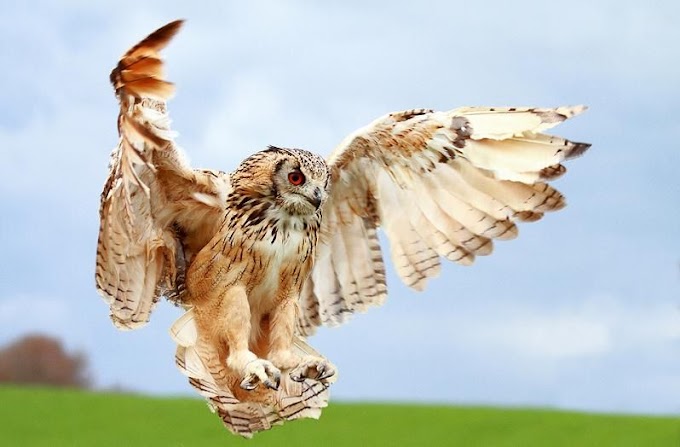The ABO system is one of the most important blood group systems in the safe practice of blood transfusion. Karl Landsteiner discovered the ABO blood group in 1900 when he separated cellular and liquid components from both his and his colleagues’ blood mixed in combination. As indicated by the negative symbol (-) in the table above, no agglutination of red blood cells was observed when both components from the same individuals were mixed. However, RBC agglutination was observed in some combinations, as indicated with the positive symbol (+). From the results gleaned from his studies, Landsteiner realized that people could be grouped depending on the agglutination pattern of their RBCs. For example, Dr. St. and Mr. Land. belong to one group. Similarly, Dr. Plee. and Mr. Zar. belong to a disparate second group, and Dr. Sturl. and Dr. Erdh belong to a third group.
In the next year, a fourth group was discovered by Sturle and von Decastello, Landsteiner's colleagues, and these four groups became what is now known as the ABO group system (A, B, AB, and O groups). However, the most important finding obtained from these experiments is that only ABO-matched blood that does not cause RBC agglutination should be used for transfusion.
In order to explain the RBC agglutination phenomenon, Landsteiner postulated that 2 different antigens (A and B) are found on the surface of RBCs, and the "naturally occurring" antibodies against these antigens are found in the plasma of individuals who do not express them (The Landsteiner’s Law). For example, blood group A individuals express the A antigen on their RBCs and possess anti-B antibodies in their plasma. Similarly, blood group B individuals express the B antigen on their RBCs and possess anti-A antibodies in their plasma. Blood group AB individuals express both A and B antigens on their RBCs and possess neither anti-A nor anti-B antibodies, whereas blood group O individuals express neither A nor B antigens on their RBCs but possess both anti-A and anti-B antibodies.
ABO blood groups are hereditary, and their mode of inheritance was explained by Bernstein’s one gene-three allelic model. In this model, Bernstein postulated that there are three alleles, A, B, and O, at a single ABO genetic locus, and that A and B alleles are co-dominant against the recessive O allele. This produces 6 genotypes (AA, AO, BB, BO, AB, and OO) resulting in 4 phenotypes.
The allele frequencies of A, B, and O vary among different races. For example, before the prevalence of intermarriage with other races, American Indians were all type O. Therefore, the ABO blood group system is also a subject of interest in population genetics and anthropology.






Wow, this post is good, my sister is analyzing these kinds of things, thus I am going to let know her.
ReplyDeleteFeel free to visit my blog; solar water heater ()